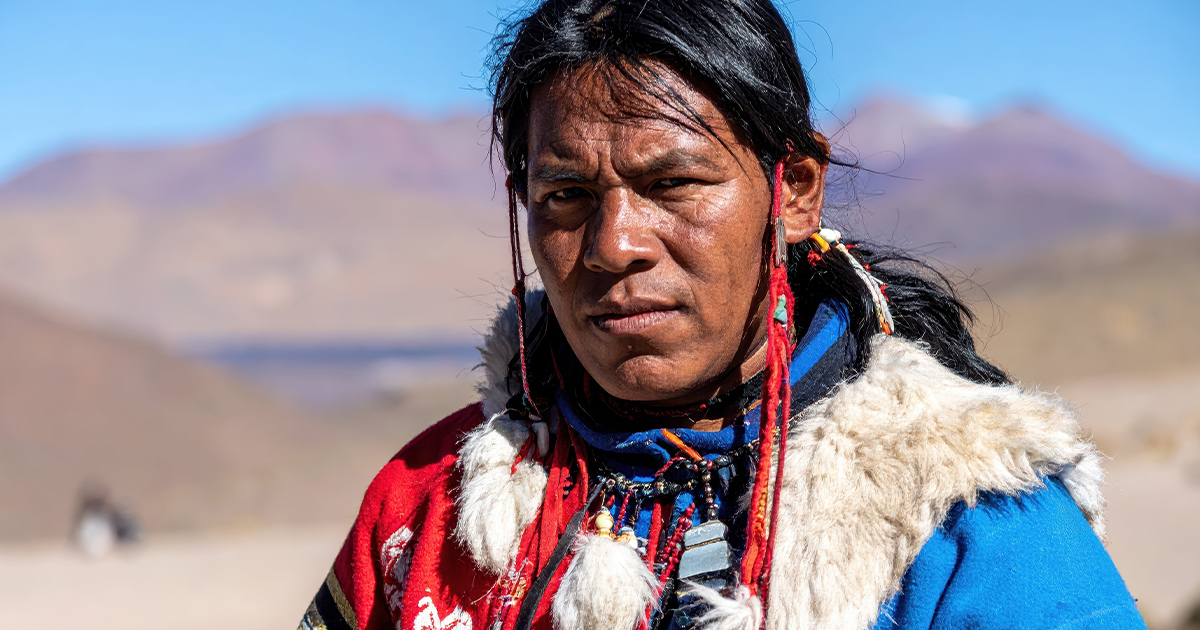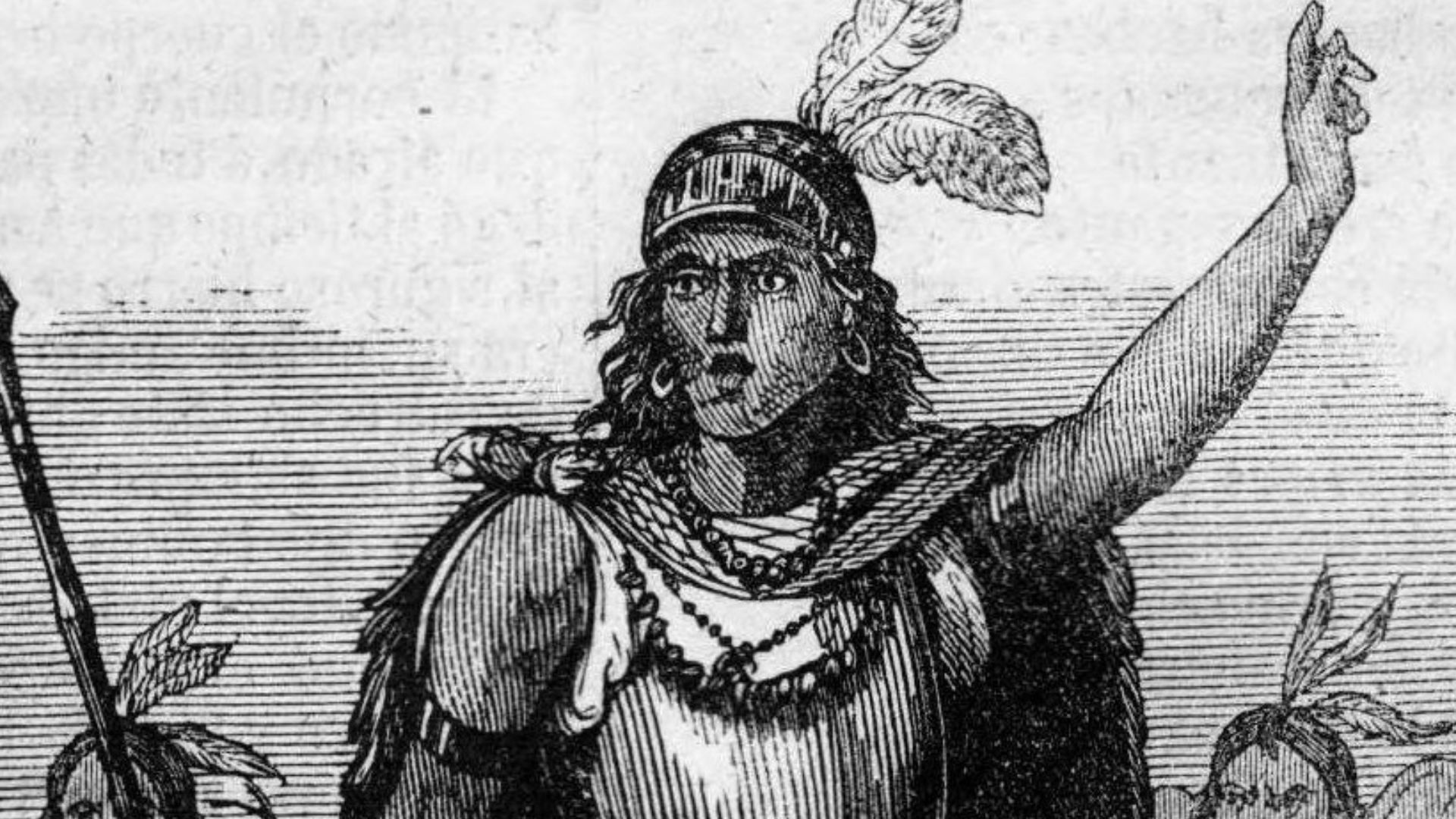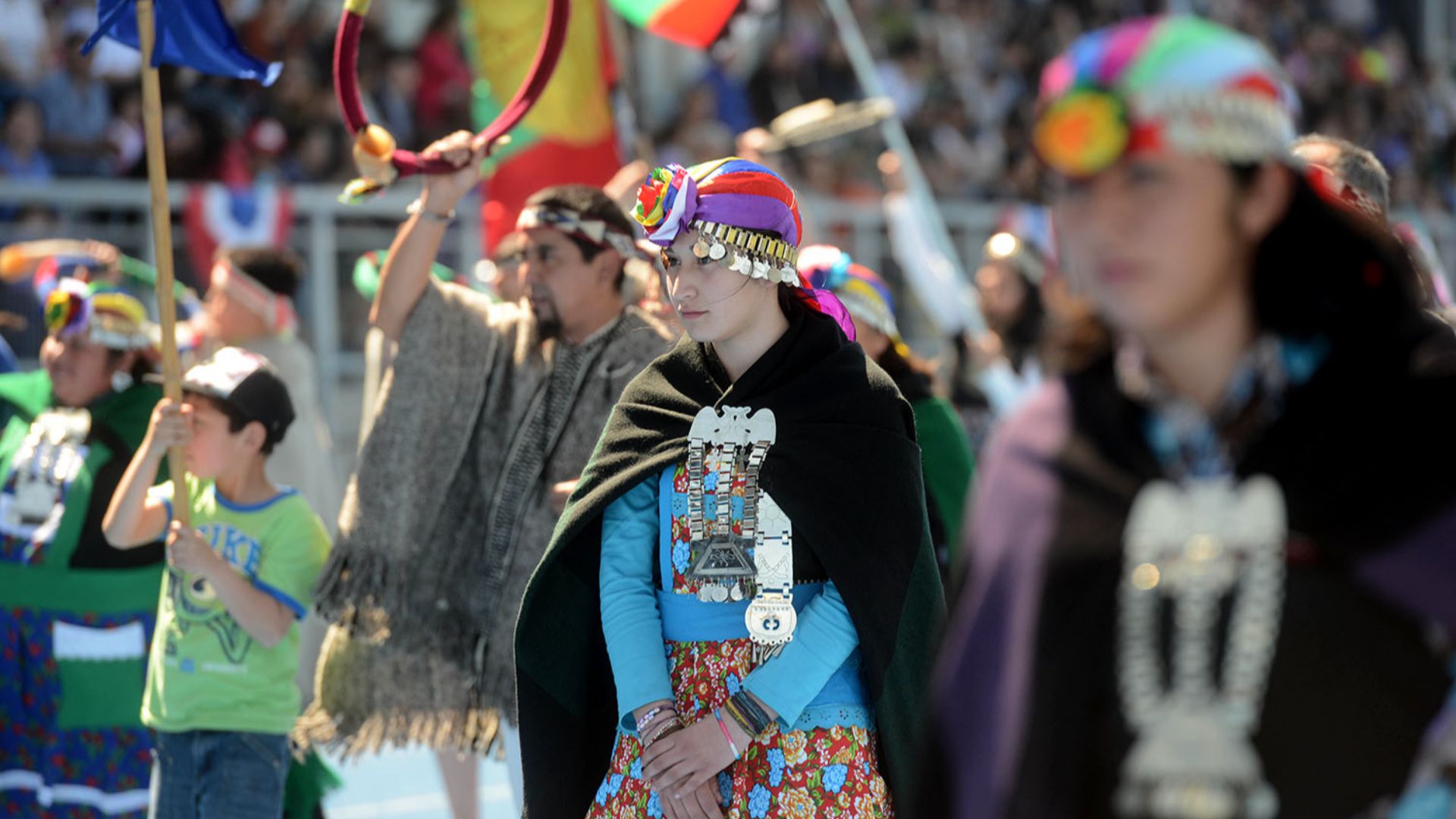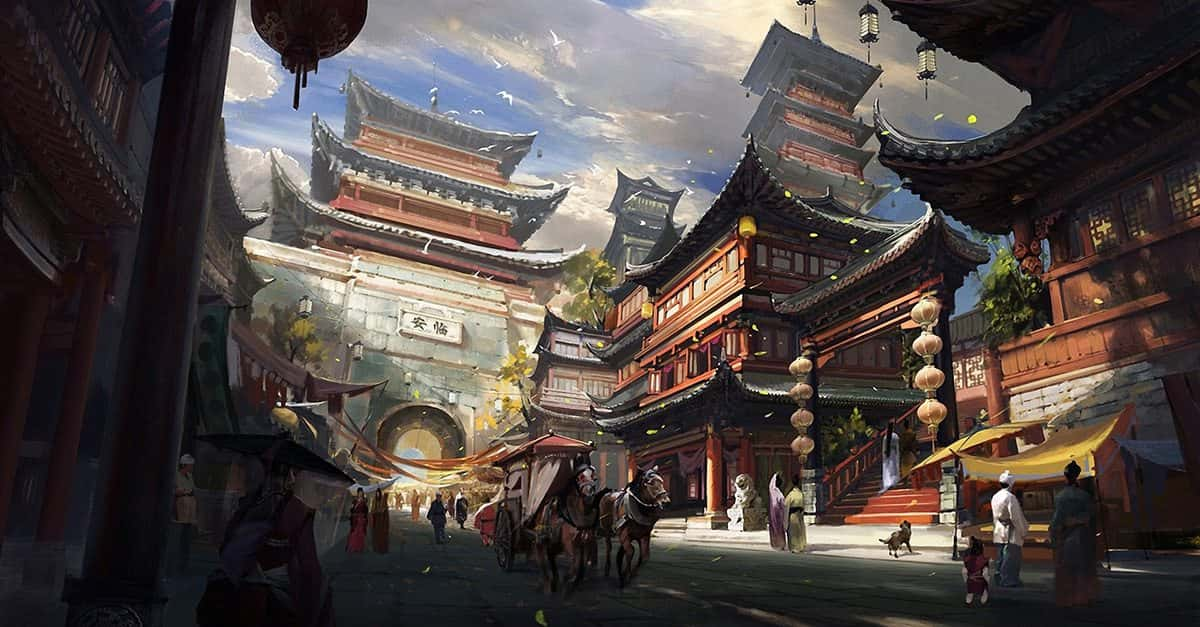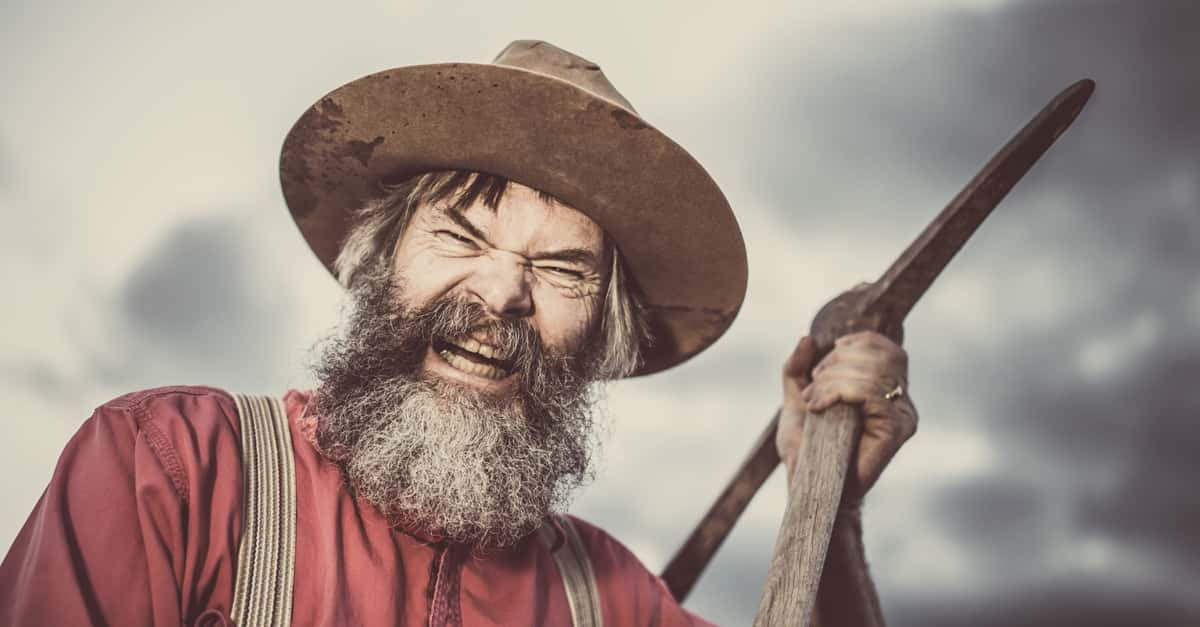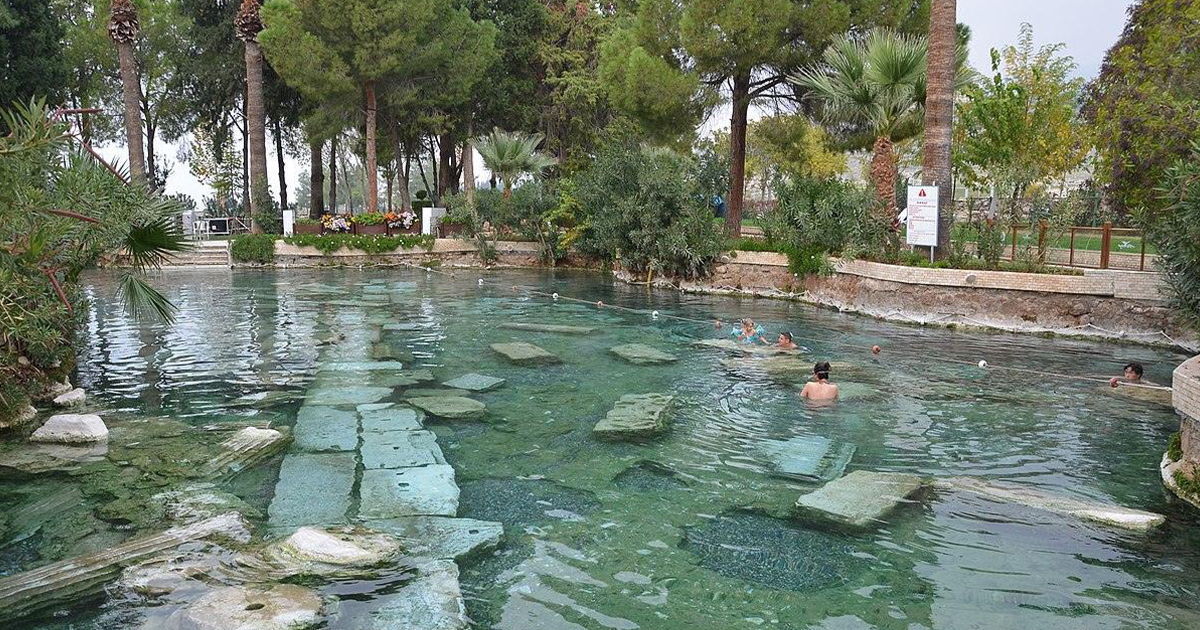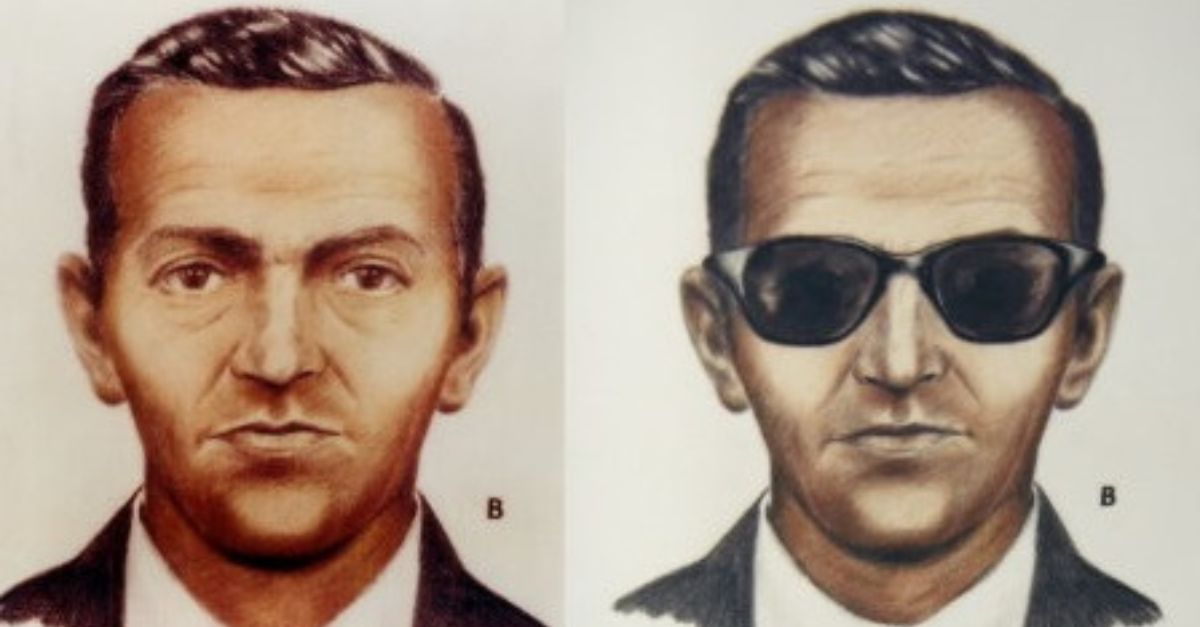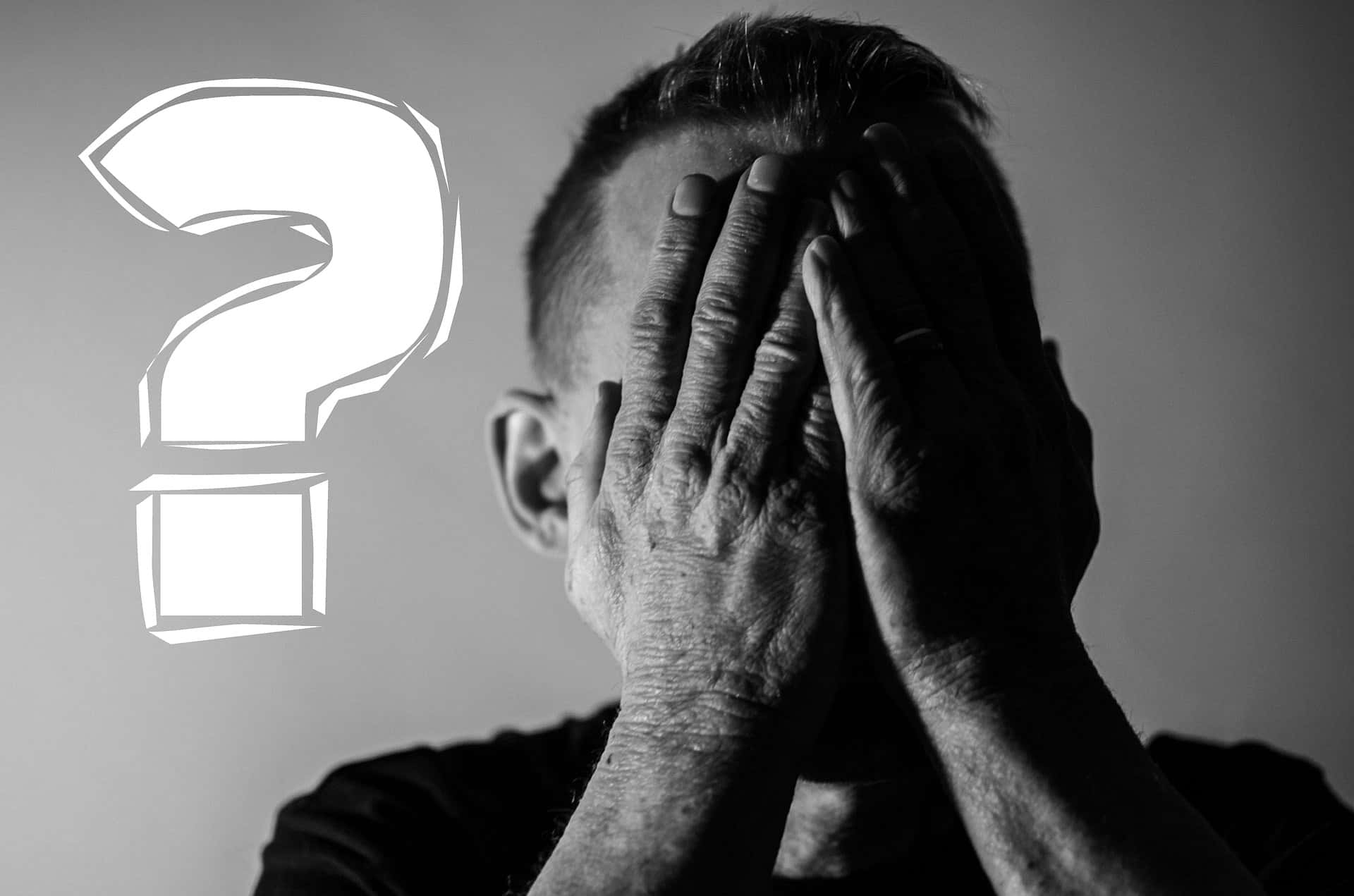The Tribe That Wouldn’t Be Conquered
In the forests and mountains of southern Chile and Argentina lives a group of people with one of the boldest legacies in the Americas: the Mapuche. For hundreds of years, they fought off invasion after invasion. The Inca couldn’t conquer them. The Spanish tried for centuries and failed. Even modern governments haven’t broken their spirit. This is the story of the tribe that simply wouldn’t be tamed.
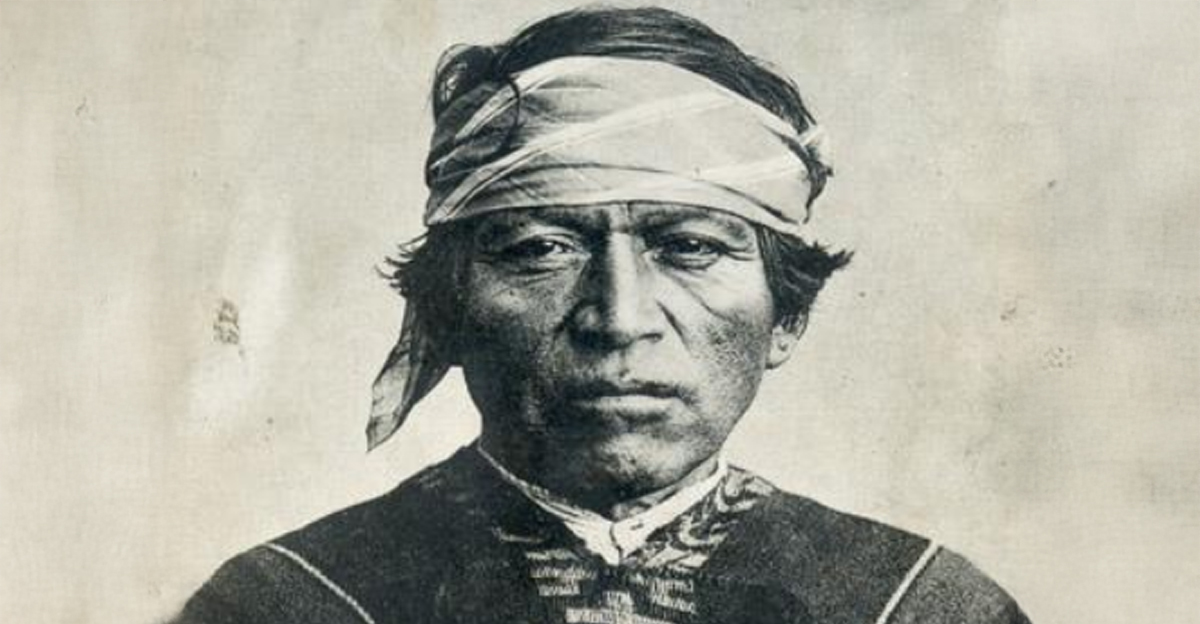
The Land They Call Wallmapu
The Mapuche call their homeland Wallmapu. It’s a vast, beautiful stretch of land filled with rivers, valleys, forests, and mountains. They don’t just live on the land—they live with it. The wind, the soil, the water—everything is sacred. And when outsiders came to take it, the Mapuche didn’t back down. Their knowledge of the terrain helped them build secret paths, hiding places, and ambush points, which became essential in their resistance.
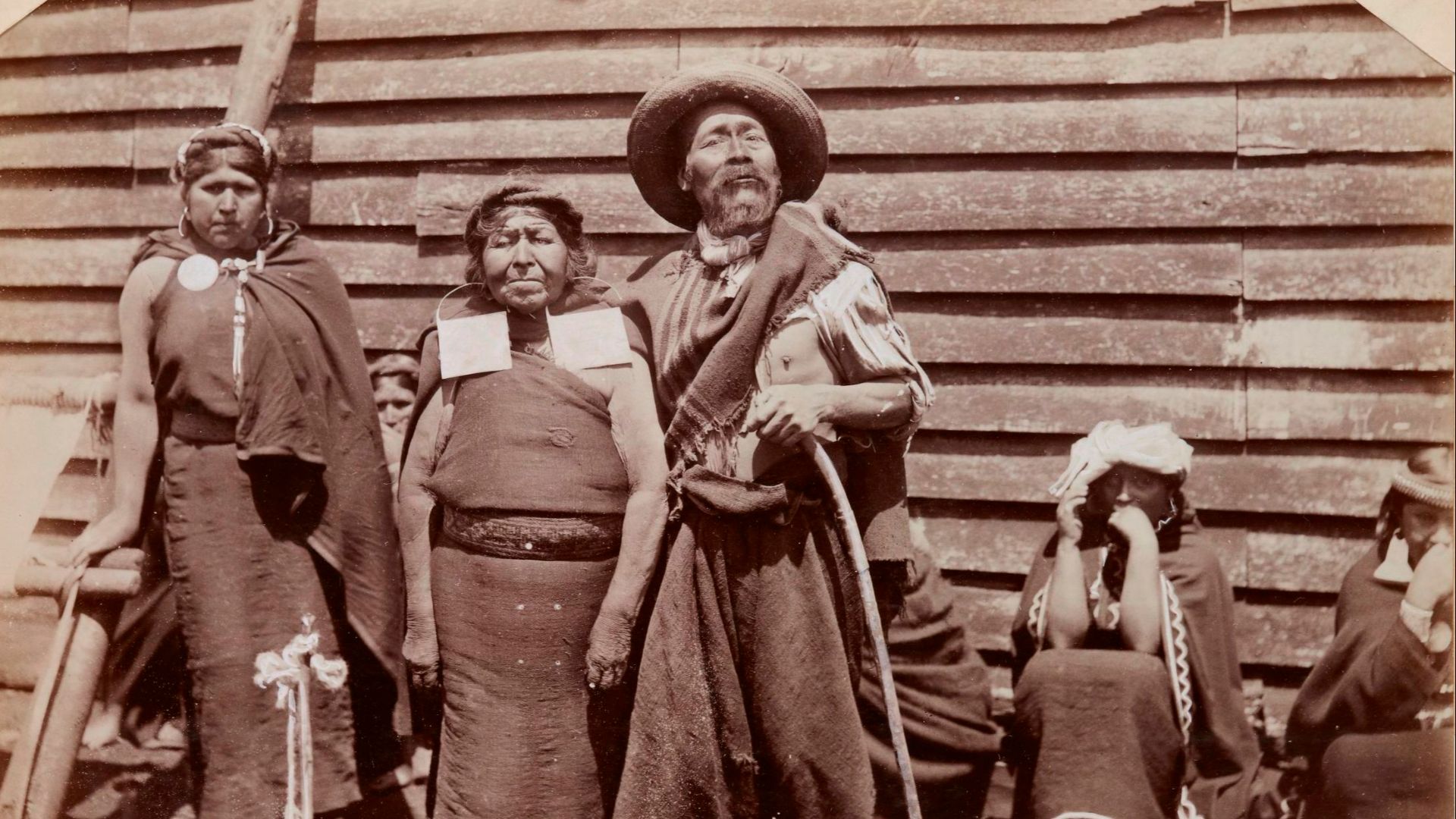 Odber Heffer, Wikimedia Commons
Odber Heffer, Wikimedia Commons
Life in Harmony
Mapuche culture is all about balance with nature. Their ceremonies include drumming, chants, and offerings to the spirits of the earth. They believe in keeping harmony between people and the natural world. That belief shows in how they live, farm, and even how they fight. The Mapuche worldview, or “cosmovision,” teaches that humans are not above nature, but part of it. Every decision—from planting crops to preparing meals—is done with care and intention.
 Unknown authorUnknown author, Wikimedia Commons
Unknown authorUnknown author, Wikimedia Commons
Strong, Skilled, and Self-Sufficient
The Mapuche weren’t just warriors—they were farmers, hunters, and builders. They grew potatoes, maize, and quinoa. Their dome-shaped homes, called ruka, were warm and strong. Families and clans stuck close together, and wisdom was passed down through stories, not books. Children learned by watching their elders, helping with daily tasks, and listening to oral histories. This way, every generation grew up deeply rooted in their culture.
A culture they would soon find themselves fighting for.
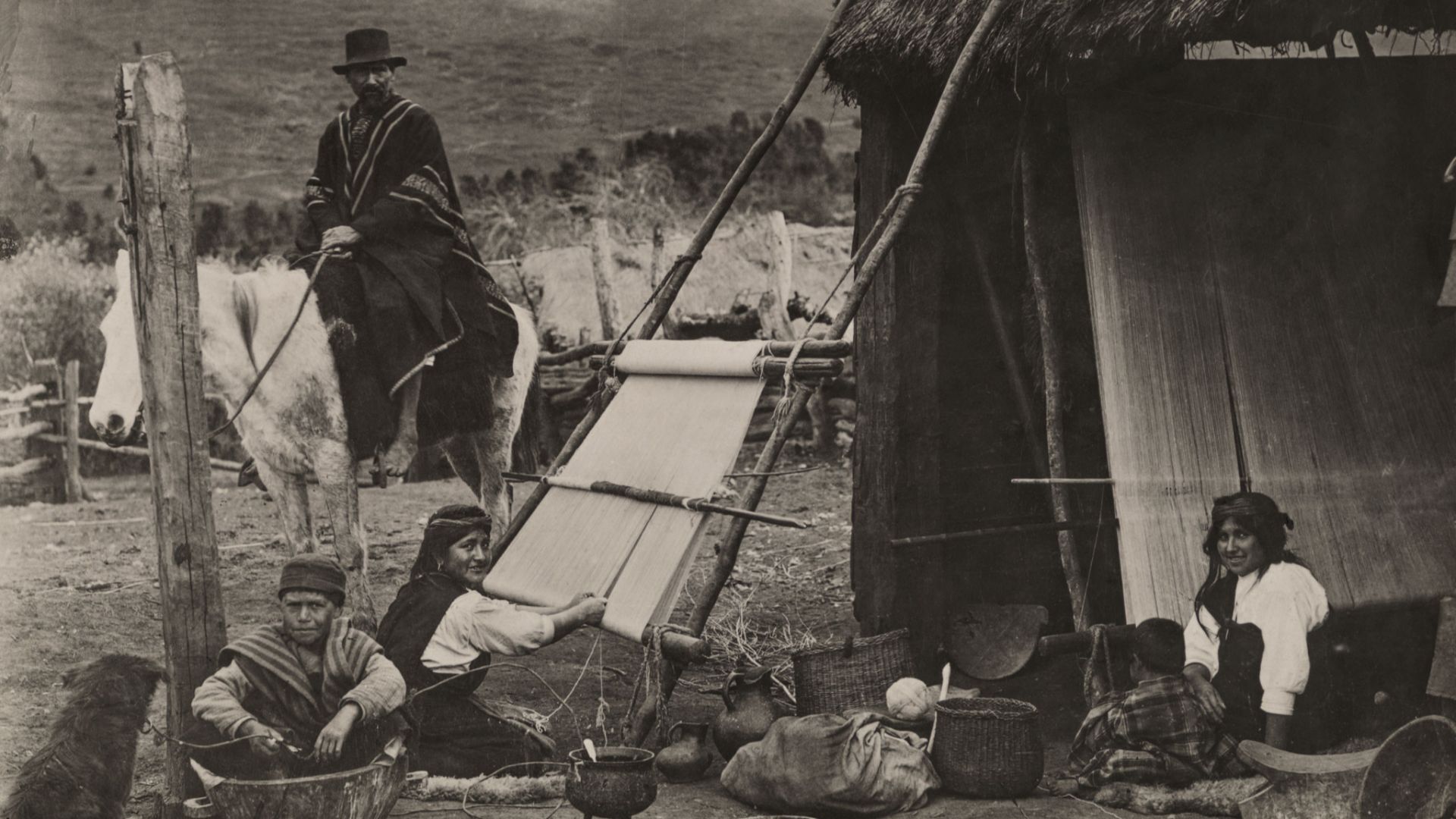 Harriet Chalmers Adams, Wikimedia Commons
Harriet Chalmers Adams, Wikimedia Commons
The Conquistadors Arrive
In the 1500s, Spanish soldiers marched into Mapuche land, expecting an easy victory. They were in for a huge surprise. The Mapuche fought back hard. They learned how to ride horses and use European weapons. They turned the Spanish game against them. Their early defeats taught them valuable lessons, and they quickly adapted to new warfare techniques, even crafting their own iron weapons from captured materials.
But the fight would prove to be harder, and longer, than expected.
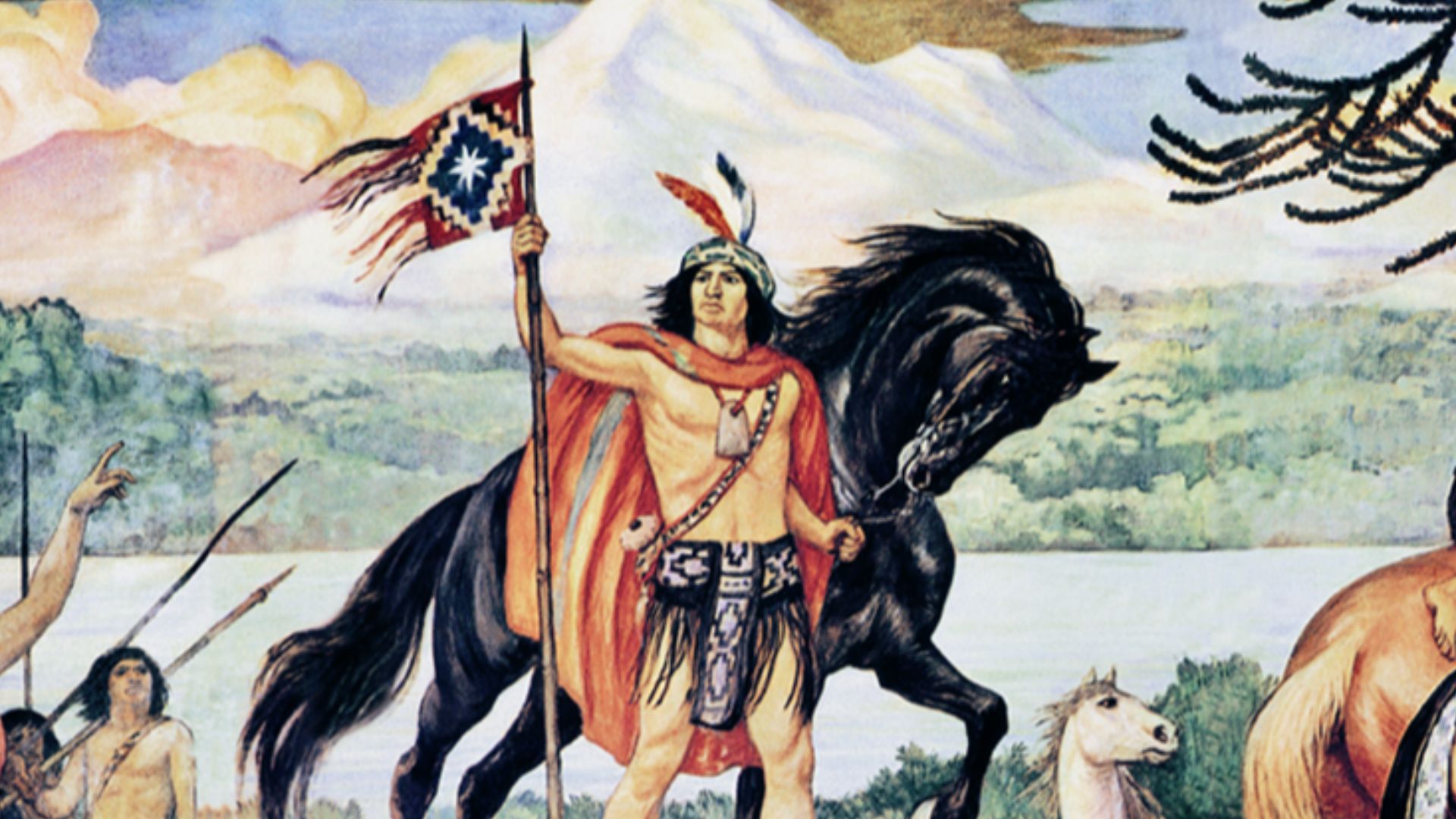 Pedro Subercaseaux, Wikimedia Commons
Pedro Subercaseaux, Wikimedia Commons
300 Years of Resistance
The Spanish called it the Arauco War. It started in the 1540s and lasted over 300 years. That’s right—three centuries of resistance. The Mapuche burned forts, ambushed soldiers, and fought for every inch of land. They didn’t just resist. They held their ground. Their war tactics were so effective that even Spanish chroniclers wrote about their bravery and intelligence with admiration.
But one Mapuche warrior stands taller than the rest.
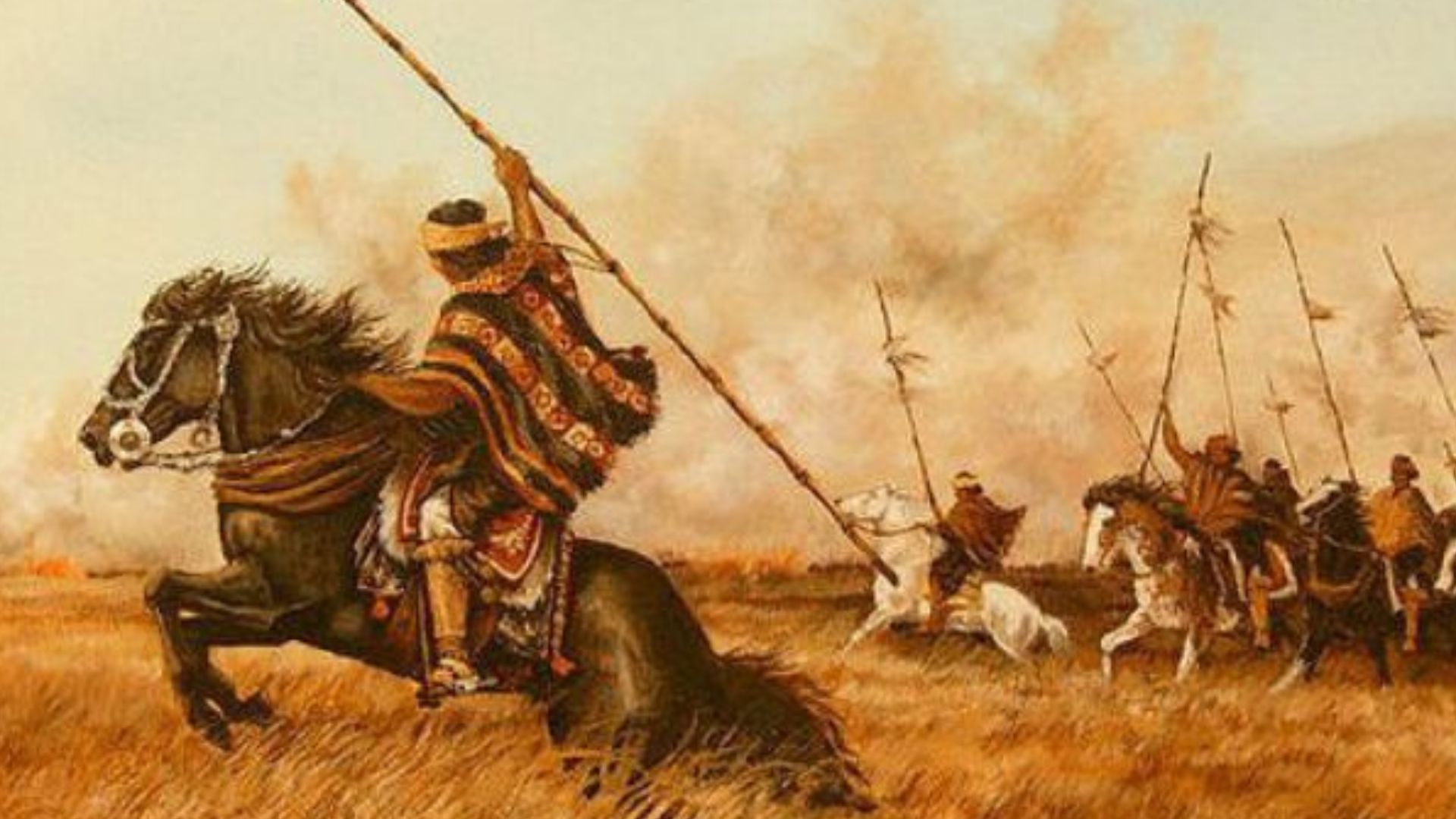 Pepe Berraquero, Wikimedia Commons
Pepe Berraquero, Wikimedia Commons
The Hero They Didn’t See Coming
One of the most famous Mapuche warriors was Lautaro. As a boy, he was taken by the Spanish and made to serve them. But he watched, learned, and escaped. Then he led his people in battle—and won. Today, his name still stands for bravery and rebellion. Lautaro understood both Mapuche and Spanish strategies, which made him a brilliant commander. His victories lit a fire that burned for generations.
Actually, Lautaro isn't the only hero in this story. This next man had more guts and grit than anyone.
The Warrior With Blades for Hands
Galvarino was a Mapuche warrior who became a legend after the Spanish captured and cruelly cut off both his hands. But instead of giving up, he had knives strapped to his stumps—and returned to battle. He fought fearlessly, leading others with pure determination and fury. His story became a powerful symbol of Mapuche resistance. Even today, Galvarino’s name stands for unbreakable courage in the face of brutality. He didn’t just fight—he inspired an uprising.
As they say, behind every successful man, there is a woman...and Mapuche women deserve recognition, too.
Women on the Front Lines
Mapuche women have always played powerful roles. They were healers, spiritual guides, and sometimes warriors. Today, many are leaders in the fight for land and cultural rights. They pass down songs, stories, and strength. Women like Rayen Quitral, a Mapuche opera singer and activist, showed the world that indigenous women can stand proud in both traditional and modern spaces.
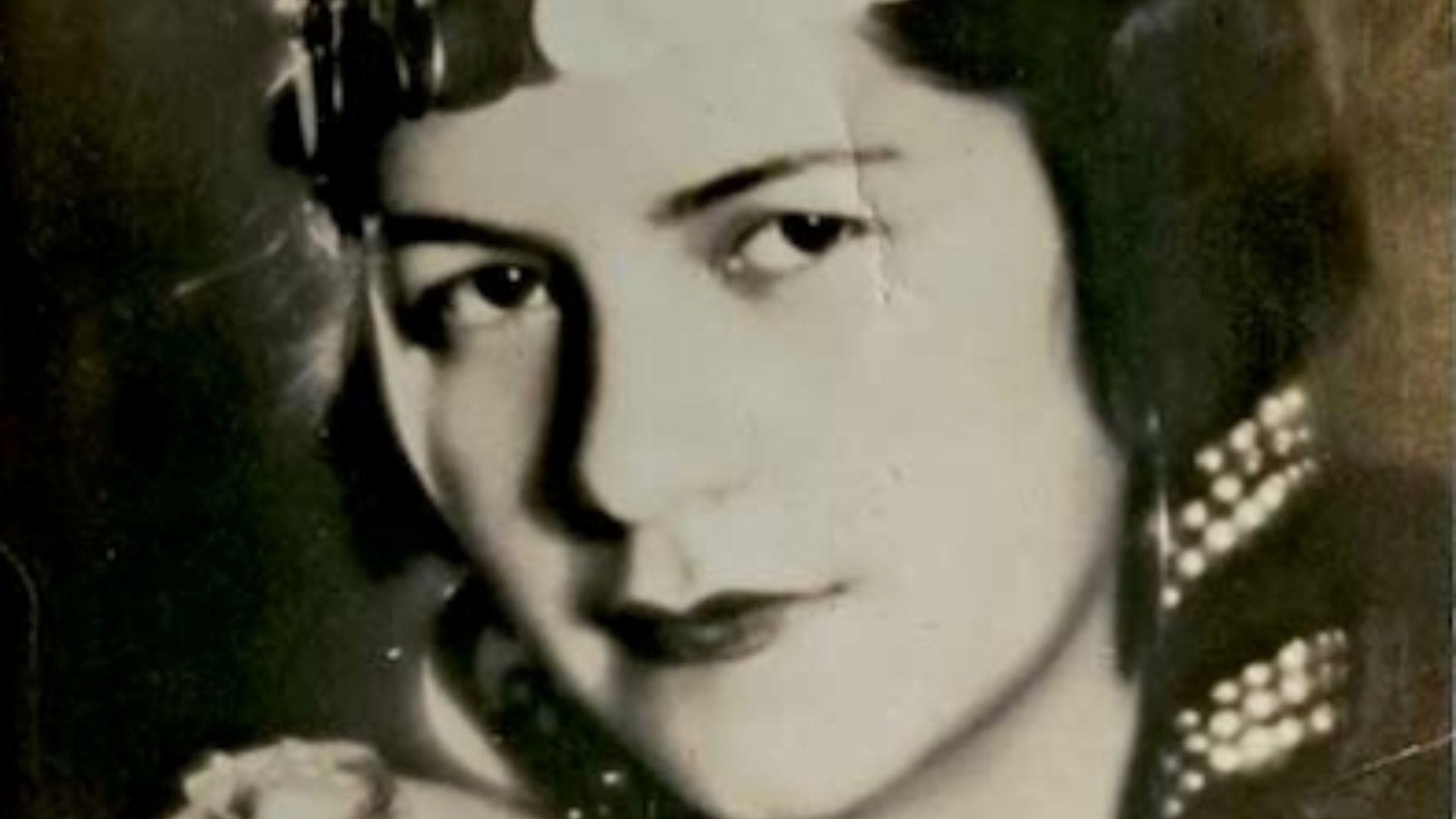 Unknown authorUnknown author, Wikimedia Commons
Unknown authorUnknown author, Wikimedia Commons
A Language That Refuses to Die
Mapudungun, the Mapuche language, is deeply tied to nature. For a long time, it was at risk of fading away. But now, schools, families, and activists are bringing it back. Each word spoken is a reminder that the culture is still alive. Language classes, online programs, and youth projects are helping to keep Mapudungun part of daily life.
But the fight for their language was the least of their worries.
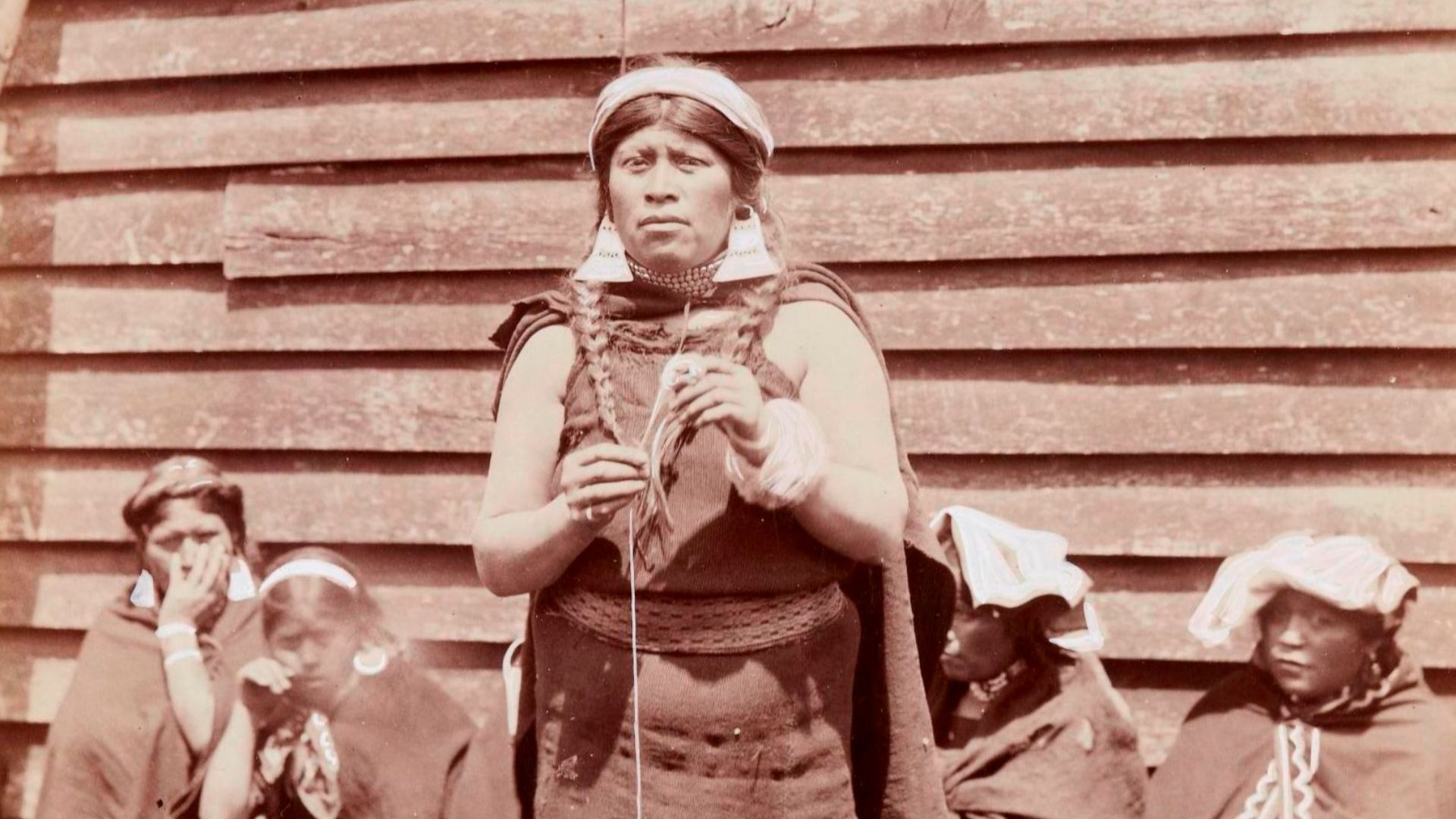 Odber Heffer, Wikimedia Commons
Odber Heffer, Wikimedia Commons
Another Fight: The Chilean State
Even after Chile gained independence, the Mapuche didn’t get peace. In the late 1800s, the government launched a military campaign to take over Mapuche lands. Villages were destroyed, and thousands were pushed out. But the fight didn’t end there. Resistance continued through small rebellions, cultural survival, and legal battles for land rights.
Sadly, some Mapuche were lost to the modern world.
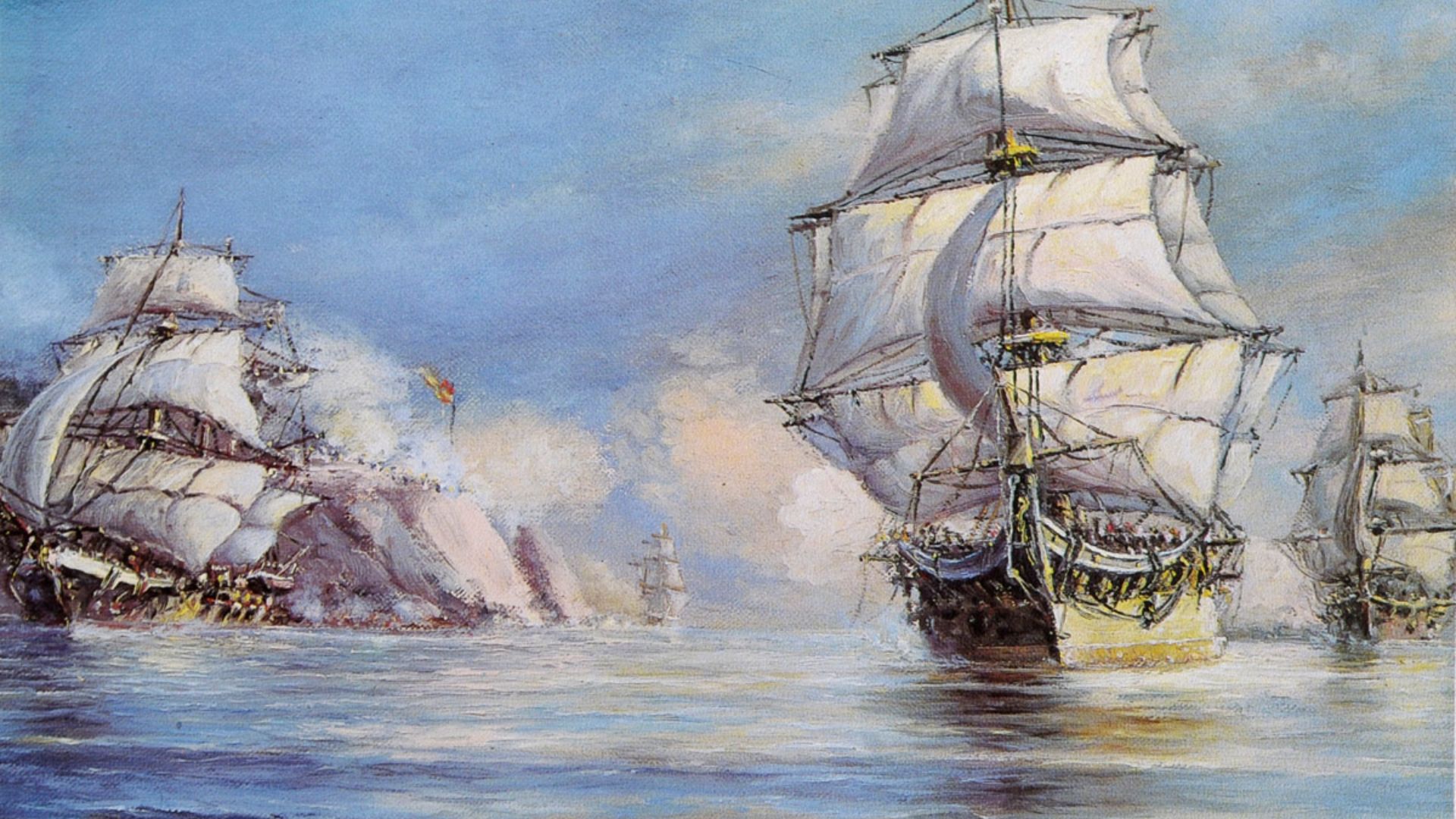 Juan E. Casanova P, Wikimedia Commons
Juan E. Casanova P, Wikimedia Commons
Living Between Worlds
Some Mapuche now live in cities, juggling modern life and traditional values. Others stay on ancestral land, farming, teaching, and organizing. Wherever they are, they carry their identity with them like a flame that never goes out. Urban Mapuche youth are now combining their heritage with modern activism, creating art, music, and protest movements that honor their roots.
There is one thing they refuse to give up.
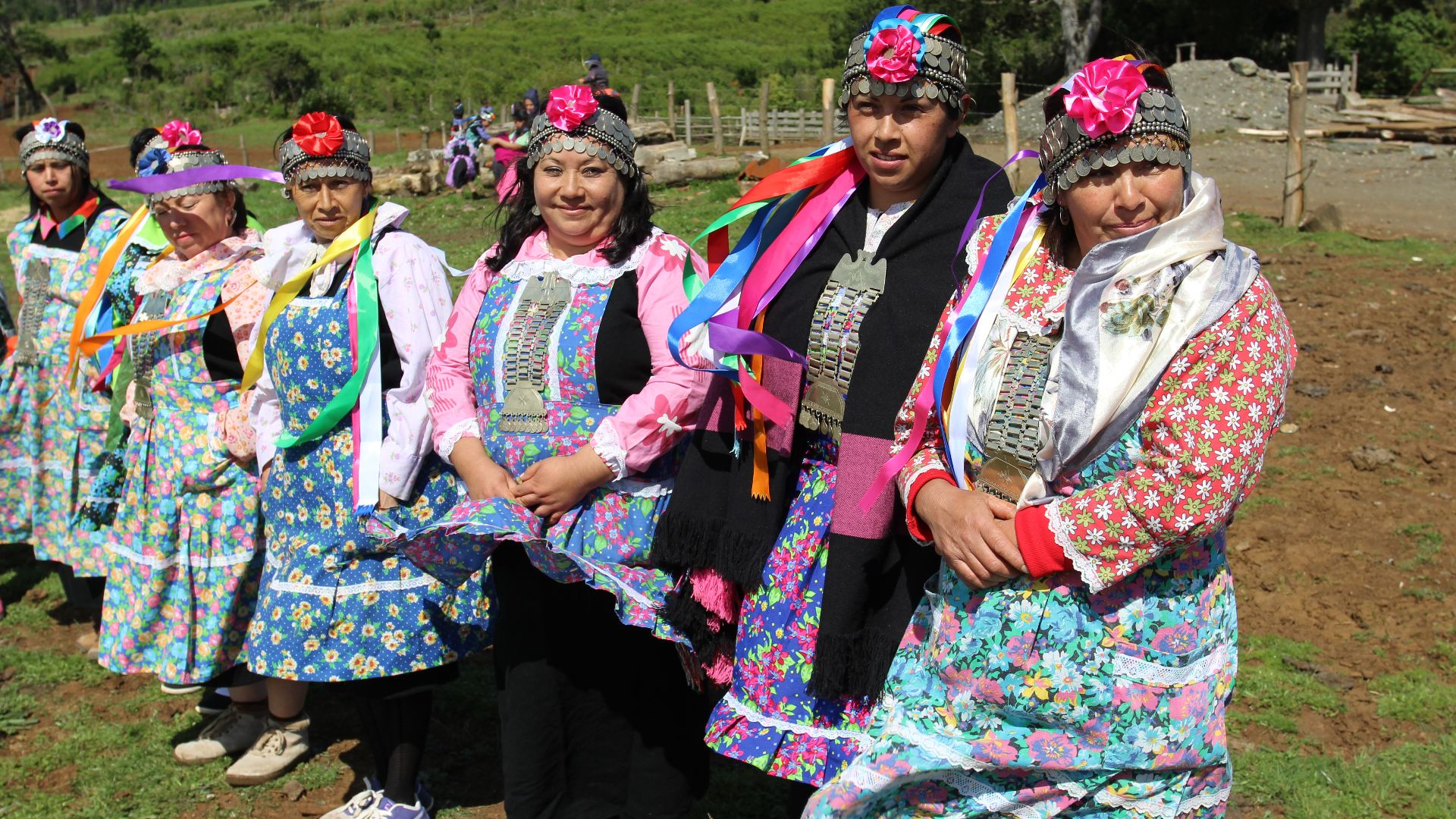 Ministerio Bienes Nacionales, Wikimedia Commons
Ministerio Bienes Nacionales, Wikimedia Commons
The Flag That Speaks Volumes
The Mapuche flag is hard to miss—bright colors, bold shapes, and a symbol at the center. It stands for water, earth, fire, air, and the universe. It’s not just a flag. It’s a message: We’re still here. And we’re not going anywhere. You’ll often see it flying during protests, reminding the world of a legacy that won’t be forgotten.
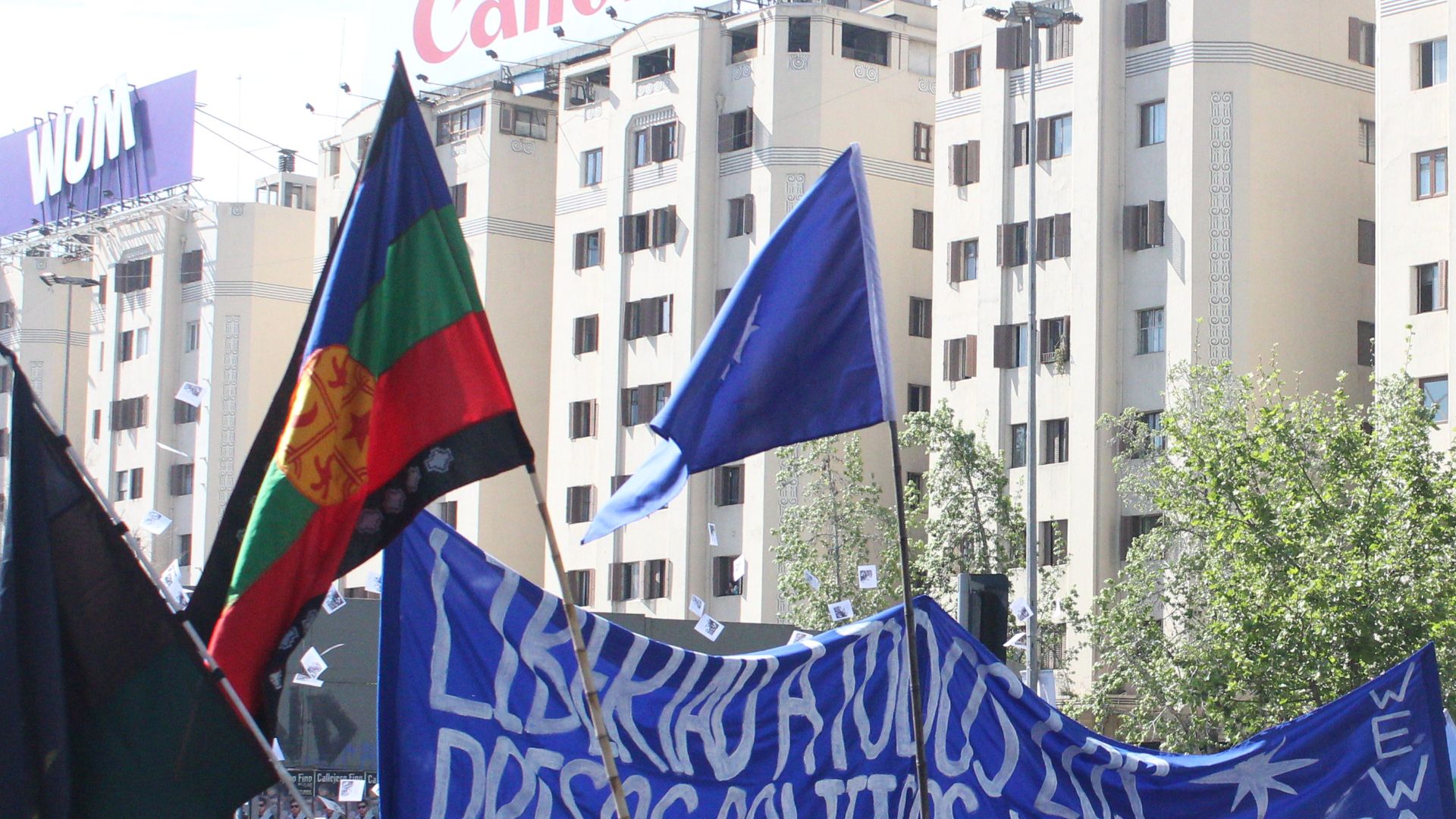 Mimcollipal, Wikimedia Commons
Mimcollipal, Wikimedia Commons
Protecting the Forests
Mapuche activists are now leading the charge against mining, logging, and pollution in their territory. They see themselves as guardians of nature. Their fight isn’t just about land. It’s about protecting the Earth for everyone. Some communities have even banned harmful industries entirely, choosing to live sustainably and in harmony with the land.
After all, their land was more than just home—it literally provided them with defense.
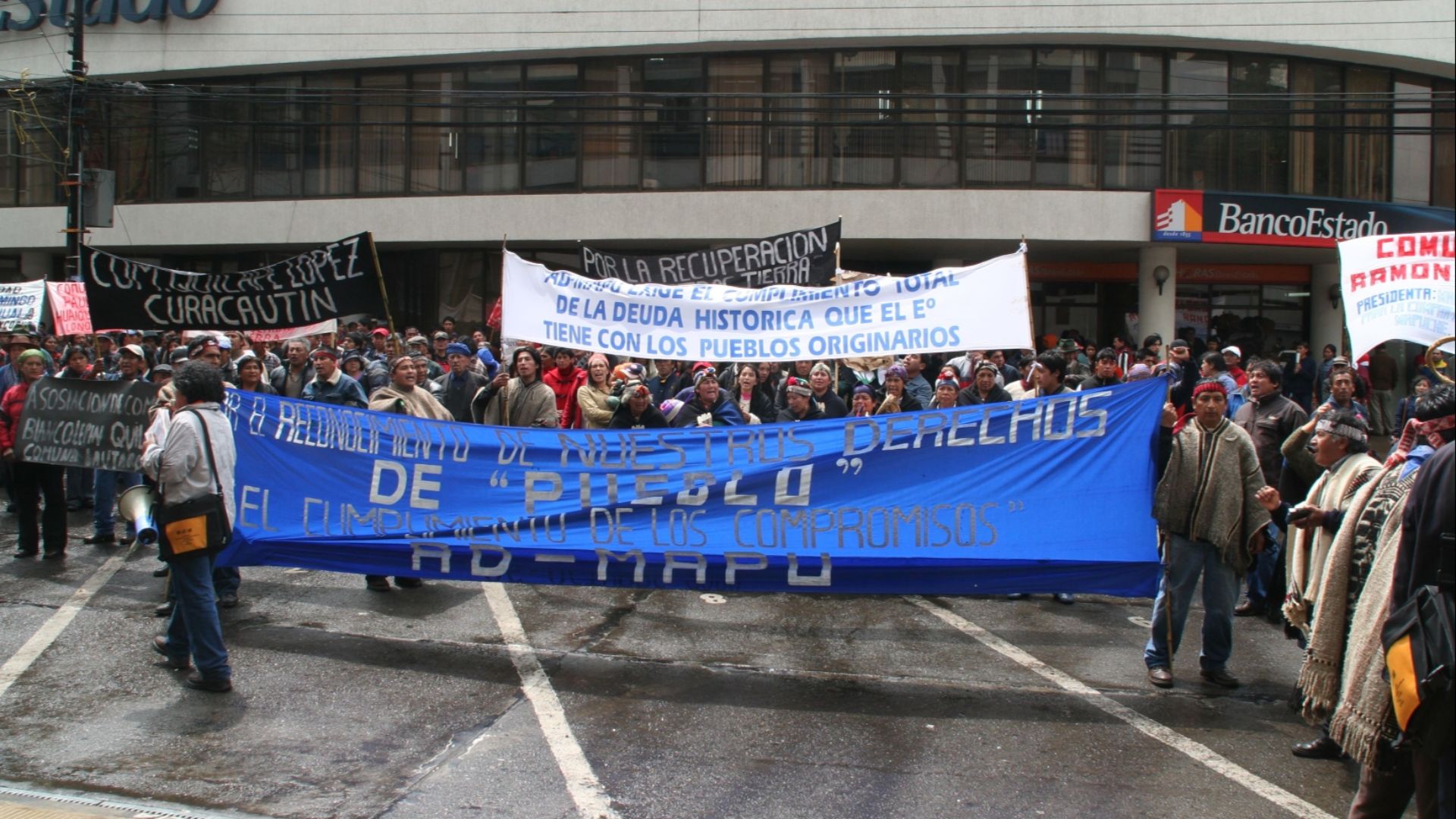 Stefan Bauer, Wikimedia Commons
Stefan Bauer, Wikimedia Commons
Spirit Beats Steel
The Spanish had guns. The Mapuche had spirit. They fought with nature-made slings, spears, and strategy. But more than that, they fought with belief—belief in their right to live free, on their land, by their rules. And time and again, that belief helped them outlast their enemies.
The Music of the Ancestors
Traditional ceremonies like the Nguillatún are still practiced today. These include dancing, feasting, and offerings to nature spirits. Music is made using handmade drums, flutes, and the haunting call of the trutruka. It’s not just performance—it’s prayer. The music connects them to the past and reminds them who they are.
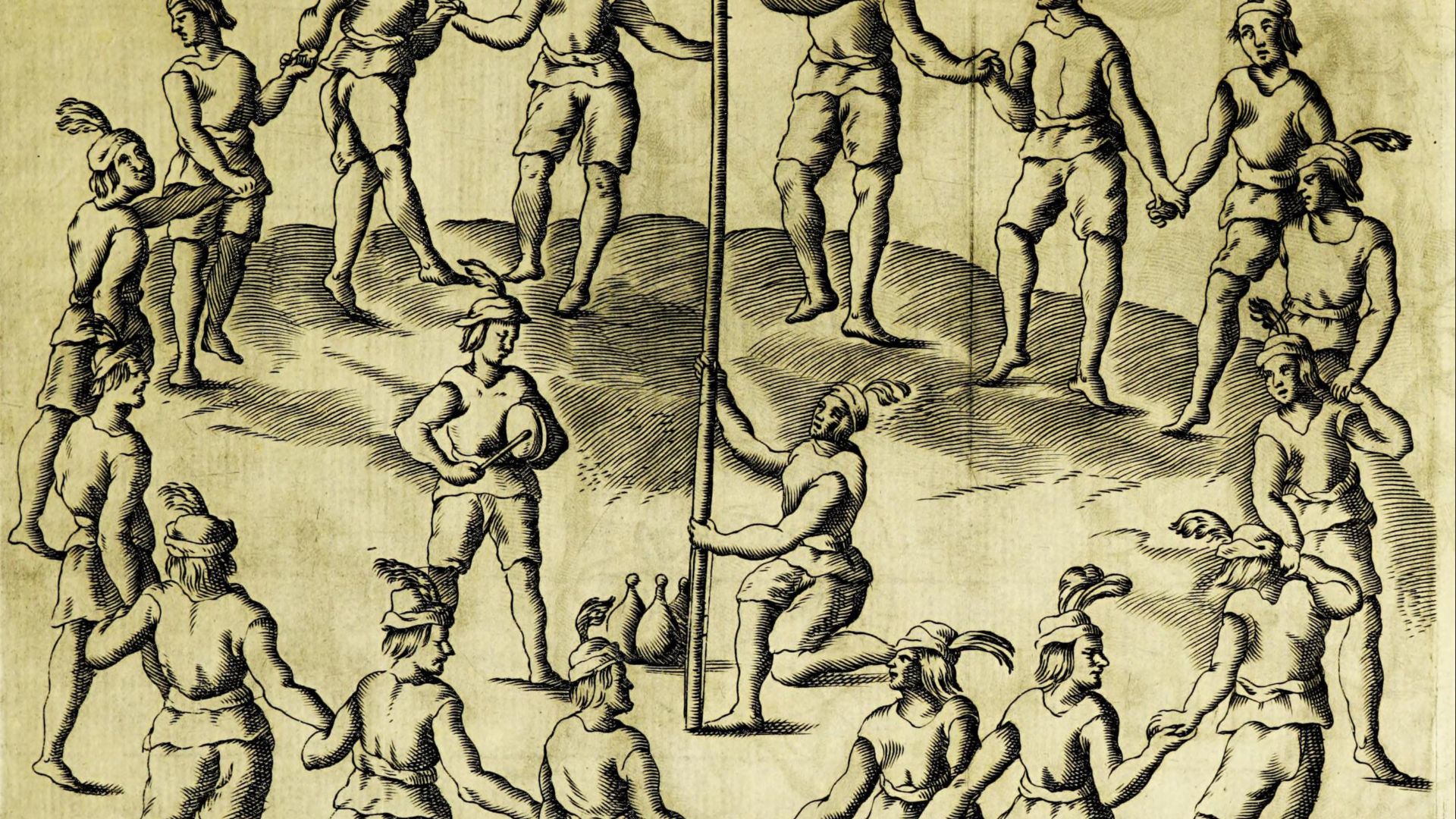 Francisco Cavallo, Wikimedia Commons
Francisco Cavallo, Wikimedia Commons
Art That Tells Stories
Mapuche artisans are famous for their silver jewelry, woven belts, and carved tools. Every pattern has a meaning. Every piece tells a story. Art isn’t just decoration—it’s memory made visible. Designs often include symbols representing strength, femininity, and the cosmos.
This support is important, as their fight isn't over yet.
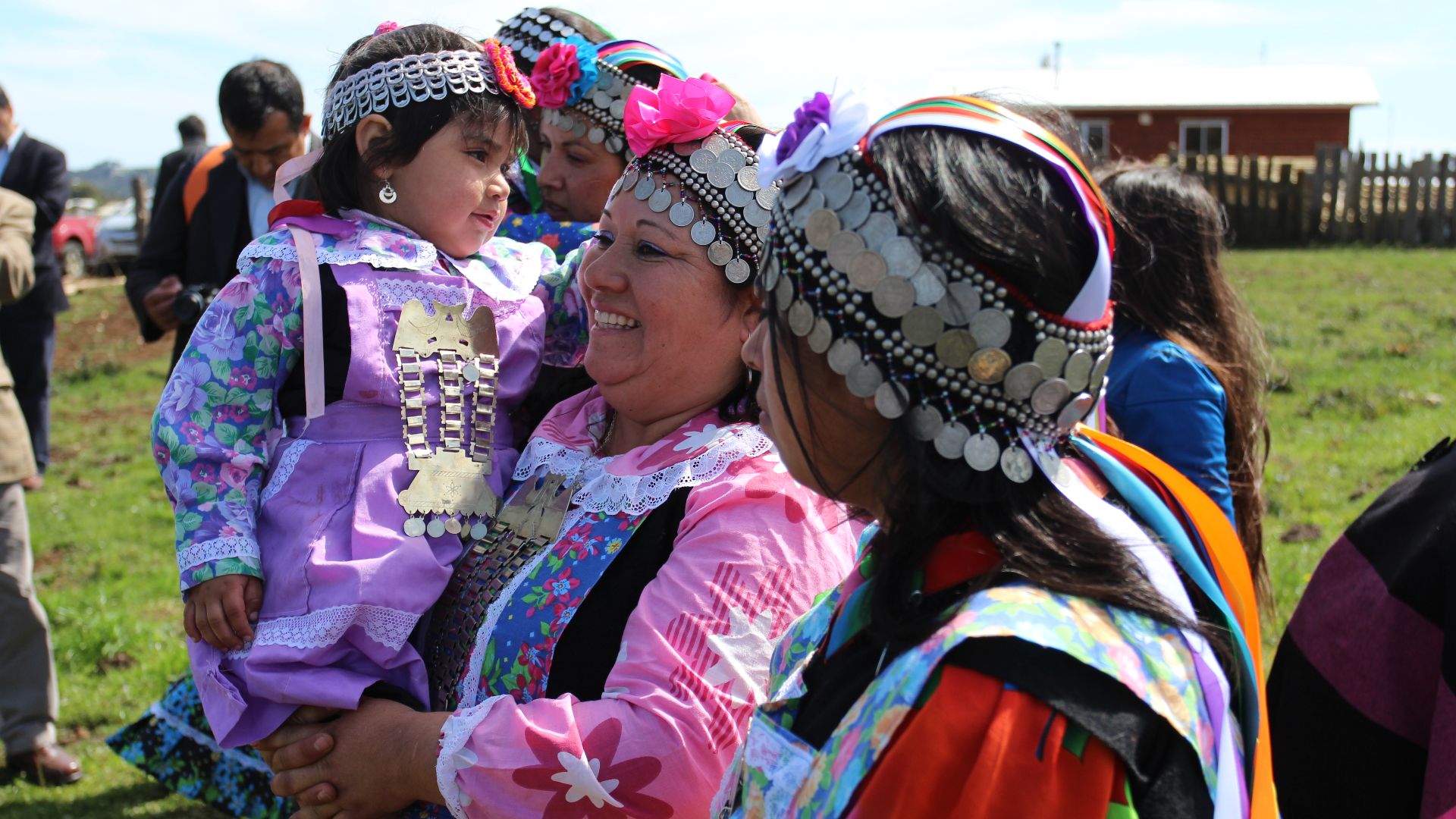 Ministerio Bienes Nacionales, Wikimedia Commons
Ministerio Bienes Nacionales, Wikimedia Commons
The Fight Isn’t Over
Land grabs, discrimination, and arrests are still happening. But the Mapuche don’t quit. They’re marching, speaking out, and demanding justice. They’re reclaiming what was theirs all along. Their activism has even reached international stages, bringing attention to Indigenous rights around the world.
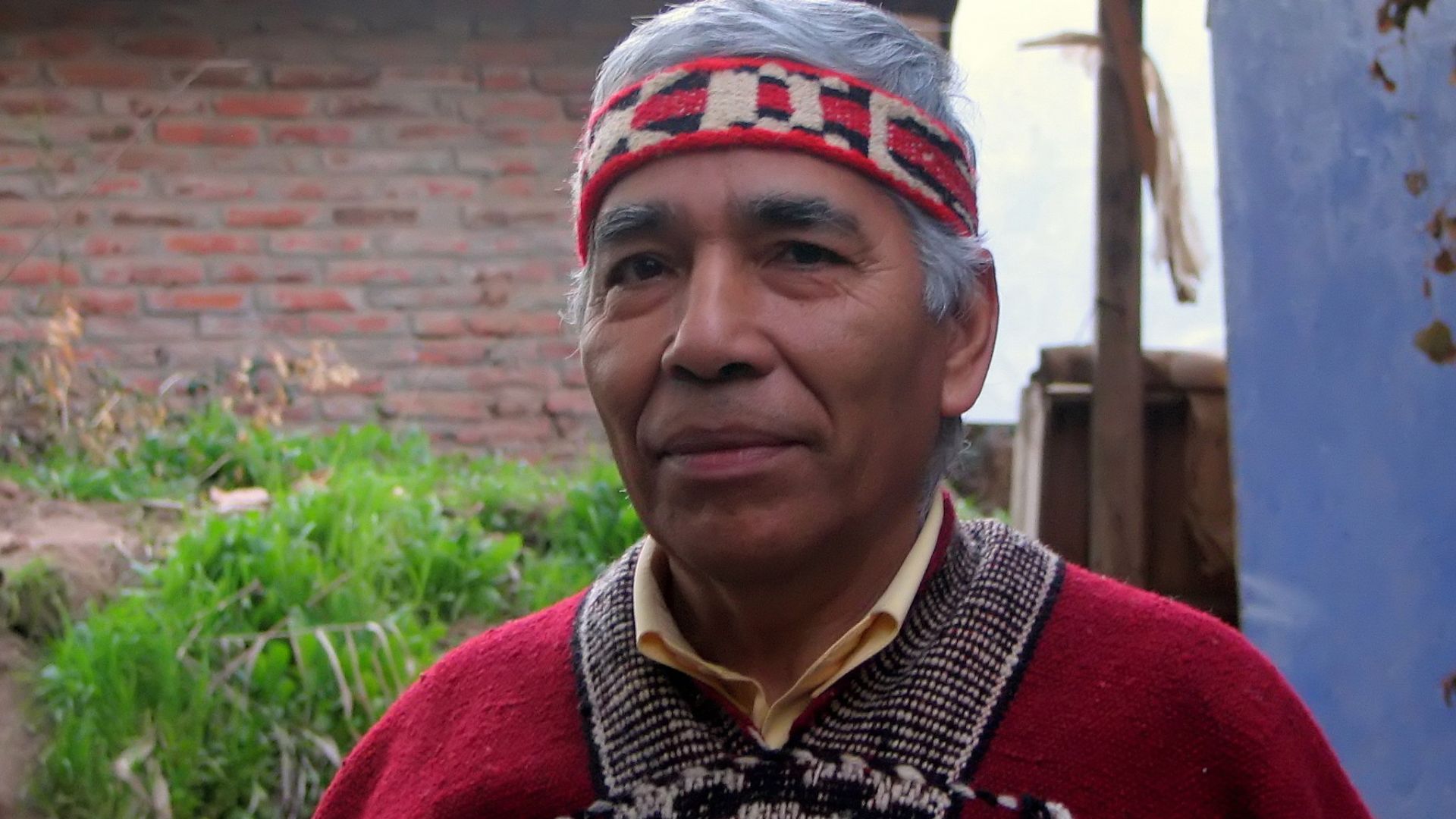 Tomas Jorquera, Wikimedia Commons
Tomas Jorquera, Wikimedia Commons
Voices That Carry
From poems to protest signs, the Mapuche are making sure the world hears them. Young leaders are combining tradition with technology to spread the message. And people everywhere are starting to listen. With social media, podcasts, and documentaries, the Mapuche story is finally being told by the people themselves.
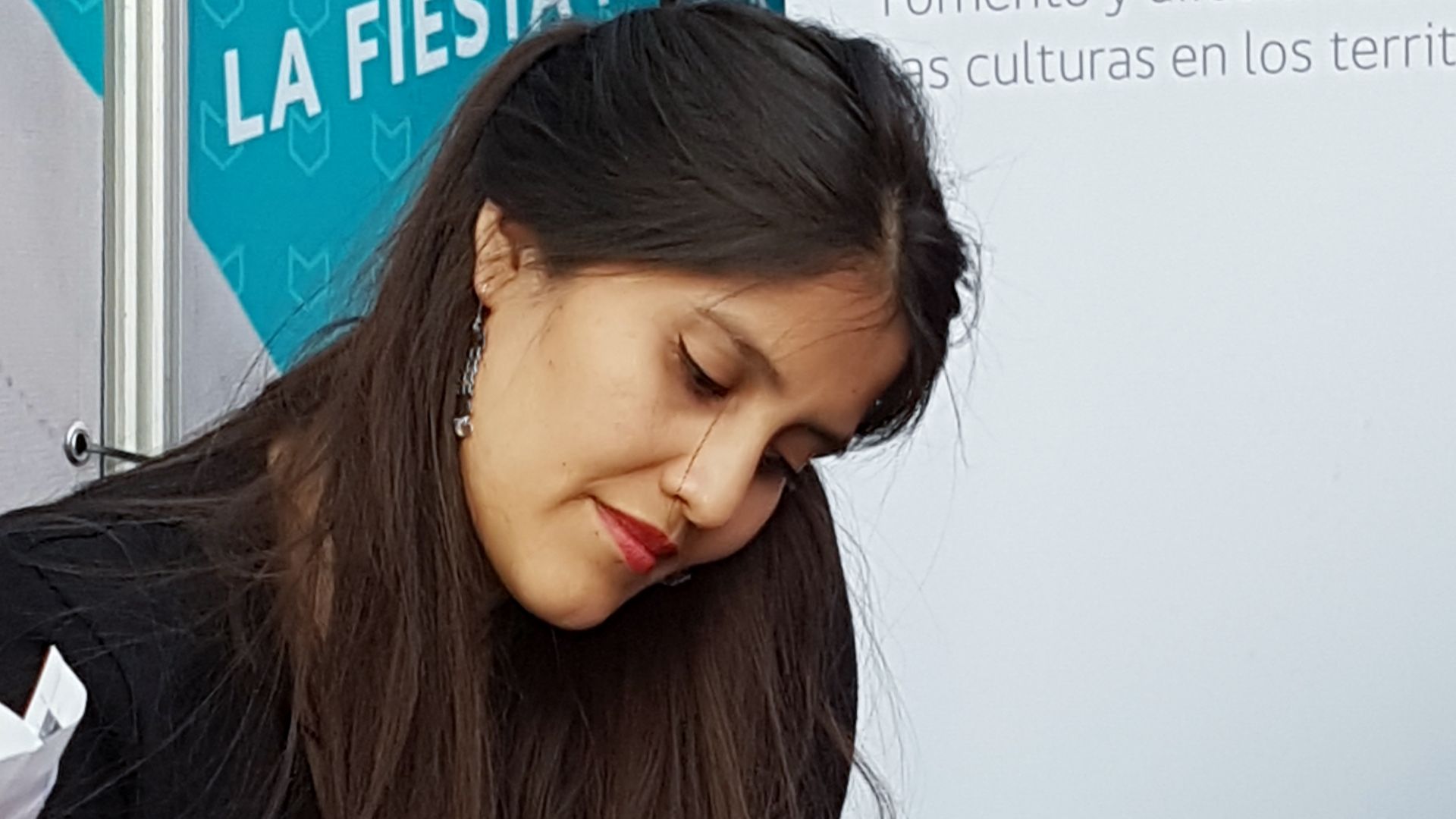 Rodrigo Fernandez, Wikimedia Commons
Rodrigo Fernandez, Wikimedia Commons
Not Just a Chapter in a History Book
The Mapuche aren’t just part of the past. They’re shaping the future. They’re showing what it means to survive, adapt, and keep your culture alive against all odds. Their story isn’t over. In fact, it’s just getting louder.
 Cady, Annie Cole, Author., Wikimedia Commons
Cady, Annie Cole, Author., Wikimedia Commons
You May Also Like:
The Native American Tribe Who Led The Most Impressive Retreat In History
Blackfoot Nation: The Most Aggressive Tribe in North America
Historical Photos Of The Unyielding Tribe That Refused All Peace Treaties

